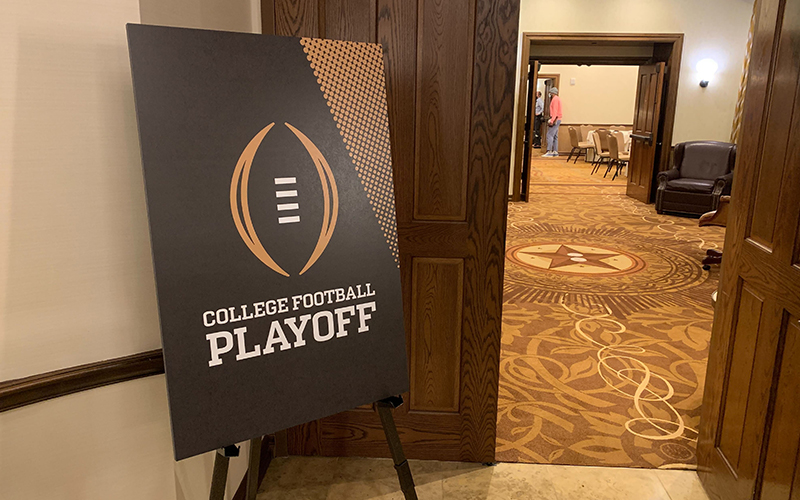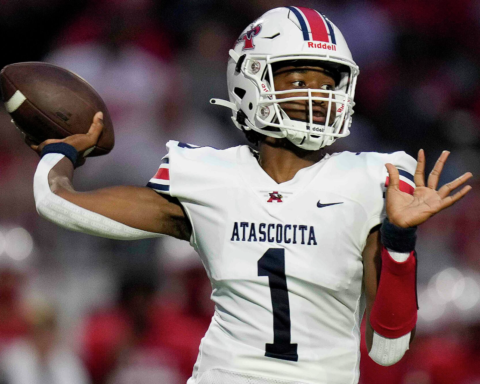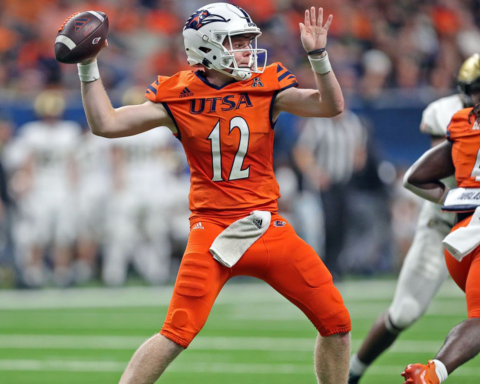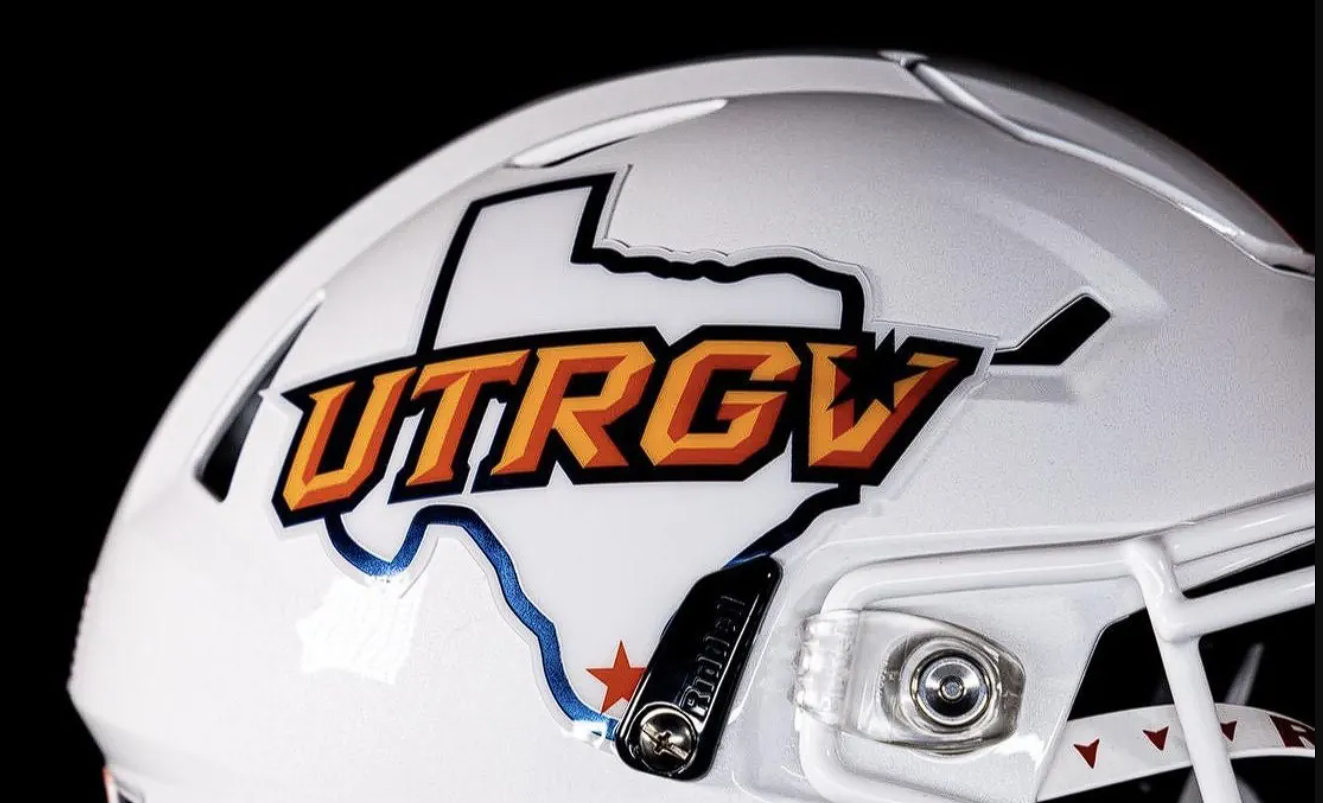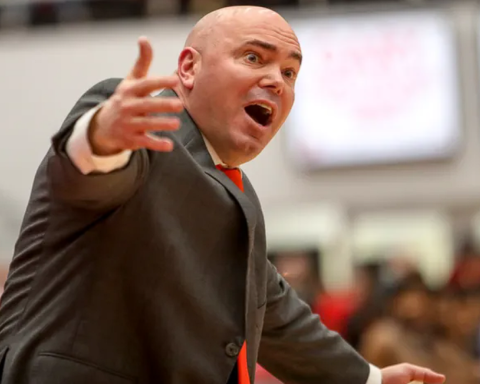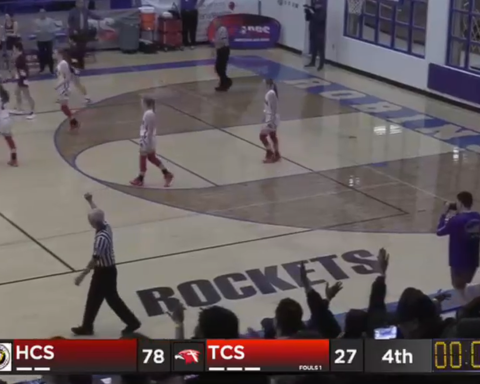Earlier today, the College Football Playoff Board of Managers met earlier today to unanimously approve to change the current four-team playoff system to a “5+7” model, which would feature five of the highest ranked conference champions and seven at-large bids based on their ranking by the College Football Playoff Committee, a total of 12 teams competing for the college football national championship.
One could argue that today’s vote was the final death knell in the collapsing world of college football of old. Gone are the days of debating who the REAL champion should be. Gone are the days of players or coaches caring about winning a non-playoff bowl. Gone are the days where players stayed committed to one school and risked everything for a chance at, maybe finally, getting paid in the league.
And that’s a good thing.
Eight years ago, Notre Dame linebacker and sure-fire top five, first-round pick, Jaylon Smith, was blindsided by a shove from an opposing lineman at the end of a running play, causing him to awkwardly land on his left leg and tear both his ACL and MCL. For several minutes, the 2015 Butkus Award winner, given to the nation’s best linebacker, lied helpless on the ground, unable to stand on his own strength during a meaningless play in a meaningless bowl game with no title implications.
Notre Dame would go on to lose that game, 44-28.
As a result of the injury, NFL scouts opted to not draft the once heralded Notre Dame prospect in the top five of the NFL draft and, instead, Smith was drafted late in the 2nd round, causing him to lose tens of millions in guaranteed rookie contract money.
This is important because not long after Smith’s injury did college football begin to see swaths of NFL prospective players opting out of non-title implicating bowl games, as players, and most of the college football world, suddenly realized that perhaps putting it all on the line for a chance to win the Cheeze-It Bowl isn’t worth losing out on millions of dollars or an NFL career, which reinvigorated the debate about whether college football student athletes should be compensated, either by their schools or by way of their name, image, or likeness.
Enter June 2021, where the Supreme Court effectively handed the NCAA their respective ass on a platter, unanimously ruling that the NCAA’s restrictions on student athletes making money from their name, image, and likeness violate antitrust laws. Justice Kavanaugh, from the top rope, called out the NCAA in a scathing concurring opinion:
The NCAA couches its arguments for not paying student athletes in innocuous labels. But the labels cannot disguise the reality: The NCAA’s business model would be flatly illegal in almost any other industry in America. All of the restaurants in a region cannot come together to cut cooks’ wages on the theory that “customers prefer” to eat food from low-paid cooks. Law firms cannot conspire to cabin lawyers’ salaries in the name of providing legal services out of a “love of the law.” Hospitals cannot agree to cap nurses’ income in order to create a “purer” form of helping the sick. News organizations cannot join forces to curtail pay to reporters to preserve a “tradition” of public-minded journalism. Movie studios cannot collude to slash benefits to camera crews to kindle a “spirit of amateurism” in Hollywood. Price-fixing labor is price-fixing labor. And price-fixing labor is ordinarily a textbook antitrust problem because it extinguishes the free market in which individuals can otherwise obtain fair compensation for their work. See, e.g., 4 NATIONAL COLLEGIATE ATHLETIC ASSN. v. ALSTON KAVANAUGH, J., concurring Texaco Inc. v. Dagher, 547 U. S. 1, 5 (2006). Businesses like the NCAA cannot avoid the consequences of price-fixing labor by incorporating price-fixed labor into the definition of the product. Or to put it in more doctrinal terms, a monopsony cannot launder its price-fixing of labor by calling it product definition. The bottom line is that the NCAA and its member colleges are suppressing the pay of student athletes who collectively generate billions of dollars in revenues for colleges every year. Those enormous sums of money flow to seemingly everyone except the student athletes. College presidents, athletic directors, coaches, conference commissioners, and NCAA executives take in six- and seven-figure salaries. Colleges build lavish new facilities. But the student athletes who generate the revenues, many of whom are African American and from lower-income backgrounds, end up with little or nothing.
One month after the Supreme Court’s ruling Alston, the NCAA abruptly changed their name, image, likeness rules to allow student athletes to be effectively compensated from outside entities and businesses, effectively ending NCAA’s 80-year chokehold on student-athlete’s “amateurism.” Paired with relaxing their rules for athlete transfers, the NCAA ushered in a new era of college football where the leverage has, for now, tilted heavily toward the players.
Even today, following calls to restrict student-athlete transfers, the NCAA President Charlie Baker has entrenched his stance in allowing the current transfer rules to continue, whining college football coaches be damned:
“I’ve had conversations with a bunch of coaches who didn’t … walk out on their contracts,” Baker said. “One of the things I hear from kids when I talk to them about this issue is, ‘Coaches walk out on their contracts. What about us?'”
Today’s college football landscape deserves a post-season worthy of managing the interests of all involved. A 12-team post-season cures a LOT of ills. No more undefeated Florida State’s will go without a shot at a title and our meaningful game count went from three to ten over night. More meaningful games means more high-profile players who want to play in post-season and, in turn, more people who want to tune in to watch.
“coLLeGE FoOTbALl IS jUsT BASiCalLY thE NfL NoW!”
Yes. And that’s a good thing.

